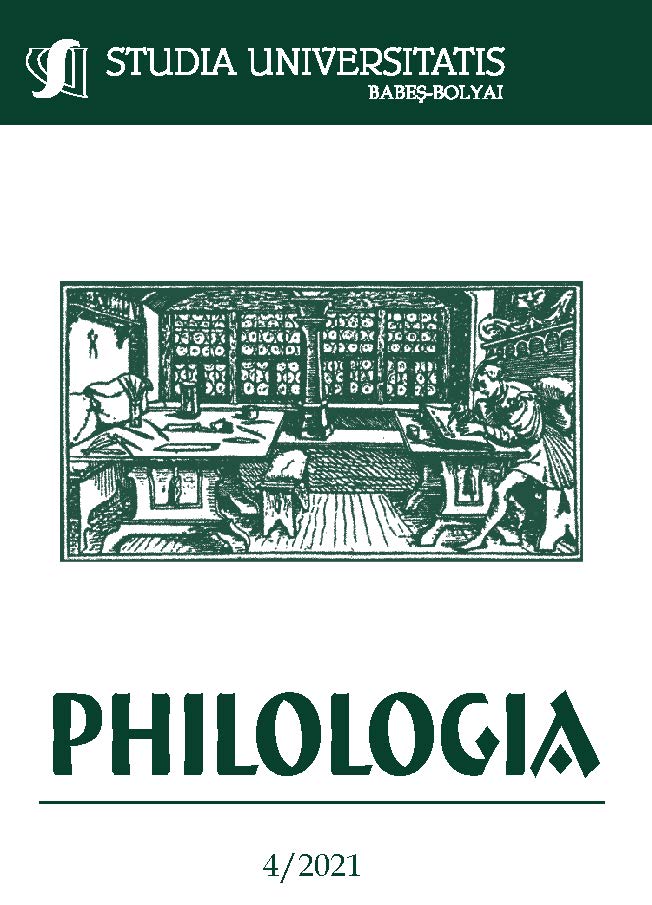The Role of Myths in Japanese Calligraphy’s Interpretative Process
The Role of Myths in Japanese Calligraphy’s Interpretative Process
Author(s): Ioana-Ciliana TudoricăSubject(s): Language and Literature Studies, Semiotics / Semiology, Theoretical Linguistics, Applied Linguistics, Descriptive linguistics
Published by: Studia Universitatis Babes-Bolyai
Keywords: shodō; Japanese calligraphy; calligraphy; cultural semiotics; Japanese studies; kanji; myth; Zen; Buddhism;
Summary/Abstract: The Role of Myths in Japanese Calligraphy’s Interpretative Process. This article illustrates the role of myths in the interpretative process of calligraphic works. Being considerably different from Western calligraphy, Japanese calligraphy (shodō) may seem at times visually similar to abstract art. However, calligraphic works – and shodō as art – are rich in meaning and abundant of myths. Focusing on both linguistic and visual elements of calligraphy, the article depicts how myths can be identified in a calligraphic work and how they provide a better understanding of the particularities of shodō. In order to illustrate how myths uncover new layers of meaning, the article incorporates an analysis of a calligraphic work created by Rodica Frențiu, underlining the process of accessing the transcendent meaning.
Journal: Studia Universitatis Babes-Bolyai - Philologia
- Issue Year: 66/2021
- Issue No: 4
- Page Range: 353-366
- Page Count: 14
- Language: English

